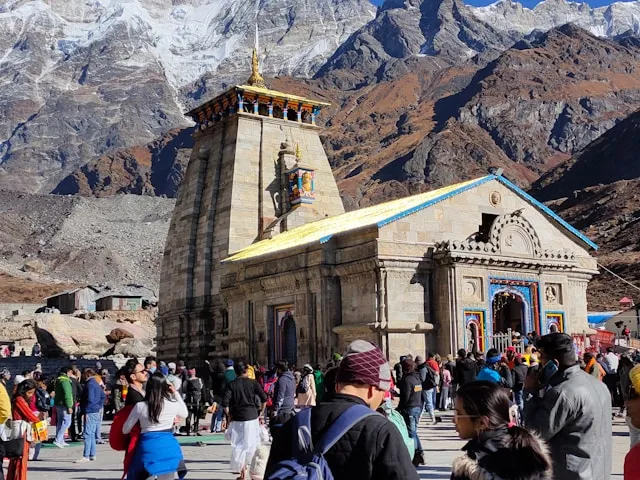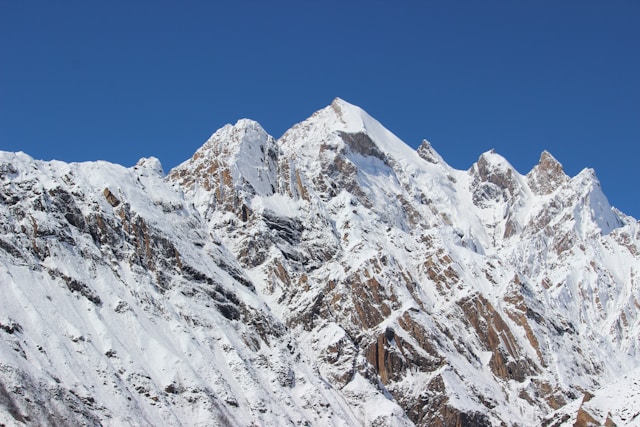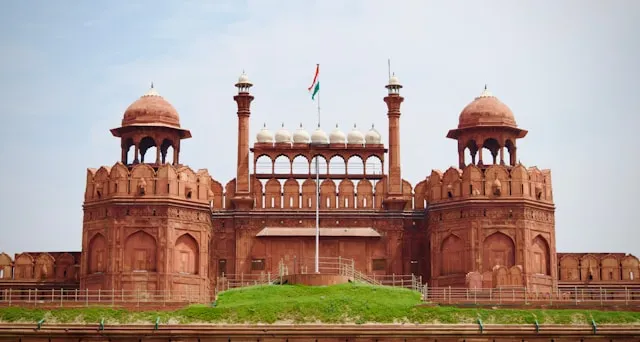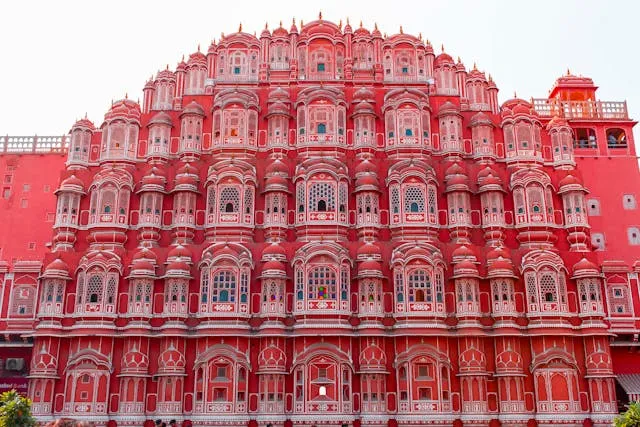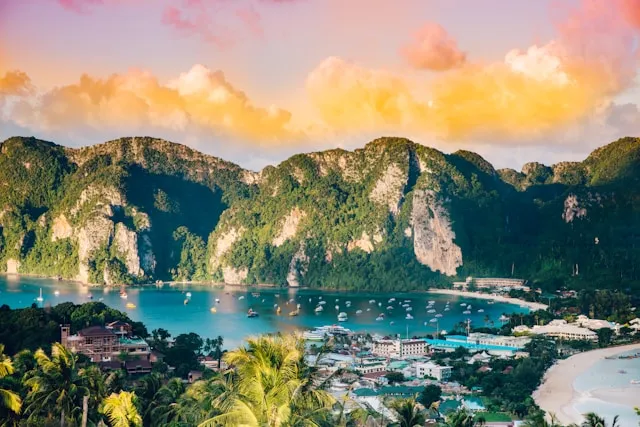Jaipur Travel Guide
Jaipur
About Jaipur Travel Guide
Destination Overview – Jaipur
Jaipur, the capital of Rajasthan, is known as the Pink City of India. Famous for its royal palaces, forts, vibrant bazaars, and heritage architecture, Jaipur is a gateway to India’s rich regal past. Part of the Golden Triangle (Delhi, Agra, Jaipur), it seamlessly blends traditional Rajput culture with modern luxury and charm.
Top Attractions & Places to Visit
Historical Monuments:
Amber Fort – Majestic hilltop fort with elephant rides and sound & light shows
City Palace – A beautiful blend of Rajput and Mughal architecture
Hawa Mahal – Iconic “Palace of Winds” with 953 latticed windows
Jantar Mantar – UNESCO World Heritage site with ancient astronomical instruments
Nahargarh Fort – Offers panoramic views of Jaipur, popular for sunset
Museums & Culture:
Albert Hall Museum – Oldest museum of Rajasthan with artifacts, arms & crafts
Jawahar Kala Kendra – Cultural hub with exhibits and performances
Anokhi Museum – Dedicated to hand block printing tradition
Temples & Spiritual Sites:
Govind Dev Ji Temple – A historic Krishna temple in City Palace complex
Birla Mandir – White marble temple dedicated to Lord Vishnu and Goddess Lakshmi
Galta Ji (Monkey Temple) – Temple complex in the hills with natural water springs
Best Time to Visit
October to March – Pleasant and ideal for sightseeing
April to June – Hot, but perfect for budget travelers
July to September – Monsoon brings brief showers and greener surroundings
How to Reach
By Air: Jaipur International Airport (13 km from city center)
By Train: Jaipur Junction – well-connected to major cities
By Road: Accessible from Delhi (270 km), Agra (240 km) via NH48
Accessibility for Differently-Abled Travelers
Major attractions like City Palace, Jantar Mantar, and museums have ramps and wheelchair access
Local transport offers limited accessibility options
Many luxury hotels provide accessible rooms and amenities
Things to Do & Experiences
Take an elephant ride or jeep ride at Amber Fort
Attend a Rajasthani cultural show at Chokhi Dhani
Explore the old city bazaars for handicrafts, jewelry, and textiles
Enjoy a heritage walk in the walled city
Visit Johari Bazaar & Bapu Bazaar for local shopping
Try a hot air balloon ride over forts and countryside
Accommodation Options
Luxury:
Rambagh Palace – A royal stay by Taj Hotels
Fairmont Jaipur – Grand Mughal-Rajput architecture
Samode Haveli – Heritage hotel with regal ambiance
Mid-Range:
Alsisar Haveli – Heritage-style boutique hotel
Pearl Palace Heritage – Artistic themed rooms
Royal Orchid Central – Well-located with rooftop dining
Budget:
Zostel Jaipur – Backpacker-friendly with activities
Hotel Kalyan – Affordable with rooftop restaurant
Rawla Mrignayani Palace – Traditional vibe on a budget
Local Cuisine & Dining
Must Try:
Dal Baati Churma, Laal Maas, Ker Sangri, Ghewar, Pyaaz Kachori
Top Food Spots:
LMB (Laxmi Mishtan Bhandar) – Iconic for sweets and thalis
Rawat Mishthan Bhandar – Best kachoris in town
Spice Court – For authentic Laal Maas and Rajasthani dishes
Chokhi Dhani – Village-themed cultural dinner experience
Tapri Central – Modern rooftop café with great city views
Travel Tips & Safety
Bargain in local bazaars for best prices
Wear comfortable footwear – many attractions involve walking
Dress modestly while visiting religious places
Avoid street food if sensitive to spices
Book elephant rides and shows through licensed operators only
Weather & Packing Suggestions
Winter (Oct–Feb): Light woolens, scarves, sunglasses
Summer (Apr–Jun): Cotton clothes, hat, sunscreen
Monsoon (Jul–Sep): Umbrella, breathable clothes, sandals
Currency & Connectivity
Most shops accept UPI and cards; still carry some cash
Strong 4G connectivity with Jio, Airtel
Wi-Fi available in most hotels and cafés
Suggested Itinerary
3N/4D Sample Itinerary:
Day 1: Arrive → Amber Fort → Jal Mahal photo stop → Light show
Day 2: City Palace → Jantar Mantar → Hawa Mahal → Shopping
Day 3: Nahargarh Fort → Albert Hall → Birla Mandir → Chokhi Dhani evening
Day 4: Optional: Galta Ji Temple or Anokhi Museum → Departure
Shopping & Souvenirs
Rajasthani jewelry, Bandhani fabrics, Mojari footwear, Blue pottery
Best Markets: Johari Bazaar, Bapu Bazaar, Tripolia Bazaar, Chandpole Market
Cultural & Historical Background
Jaipur was founded in 1727 by Maharaja Sawai Jai Singh II, a visionary ruler and astronomer. The city was designed with grid-like planning, making it the first planned city of India. The pink color symbolizes hospitality, adopted during the visit of Prince Albert in 1876. Jaipur is now a UNESCO World Heritage City, known for its architecture, arts, and royal traditions.
Local Transport Options
Auto-rickshaws and taxis readily available
App-based cabs (Ola, Uber) for convenience
City buses and e-rickshaws for short rides
Walking and cycling tours are great for inner city
Nearest Railway Station
Jaipur Junction (JP) – Major railway hub
Other options: Gandhinagar Jaipur, Durgapura (for southbound trains)
FAQs About Jaipur Tour
Is Jaipur good for solo travel?
Yes, it’s safe and traveler-friendly with many guided tours.
Can we cover Jaipur in 2 days?
Yes, with a well-planned itinerary, major highlights can be covered.
Is Jaipur safe at night?
Yes, but avoid deserted lanes after 10 PM, especially if solo.
Are there vegetarian food options?
Absolutely! Rajasthani cuisine is rich in vegetarian options.
Sustainability & Responsible Tourism
Respect heritage sites and don’t carve on walls
Avoid buying wildlife products (camel bone, ivory)
Support local artisans by buying handmade goods
Carry your own bottle; use refill stations
Choose eco-certified or heritage hotels
Need a Jaipur Travel Guide Customized Itinerary?
Let us create your perfect Jaipur Travel Guide journey

Gallery
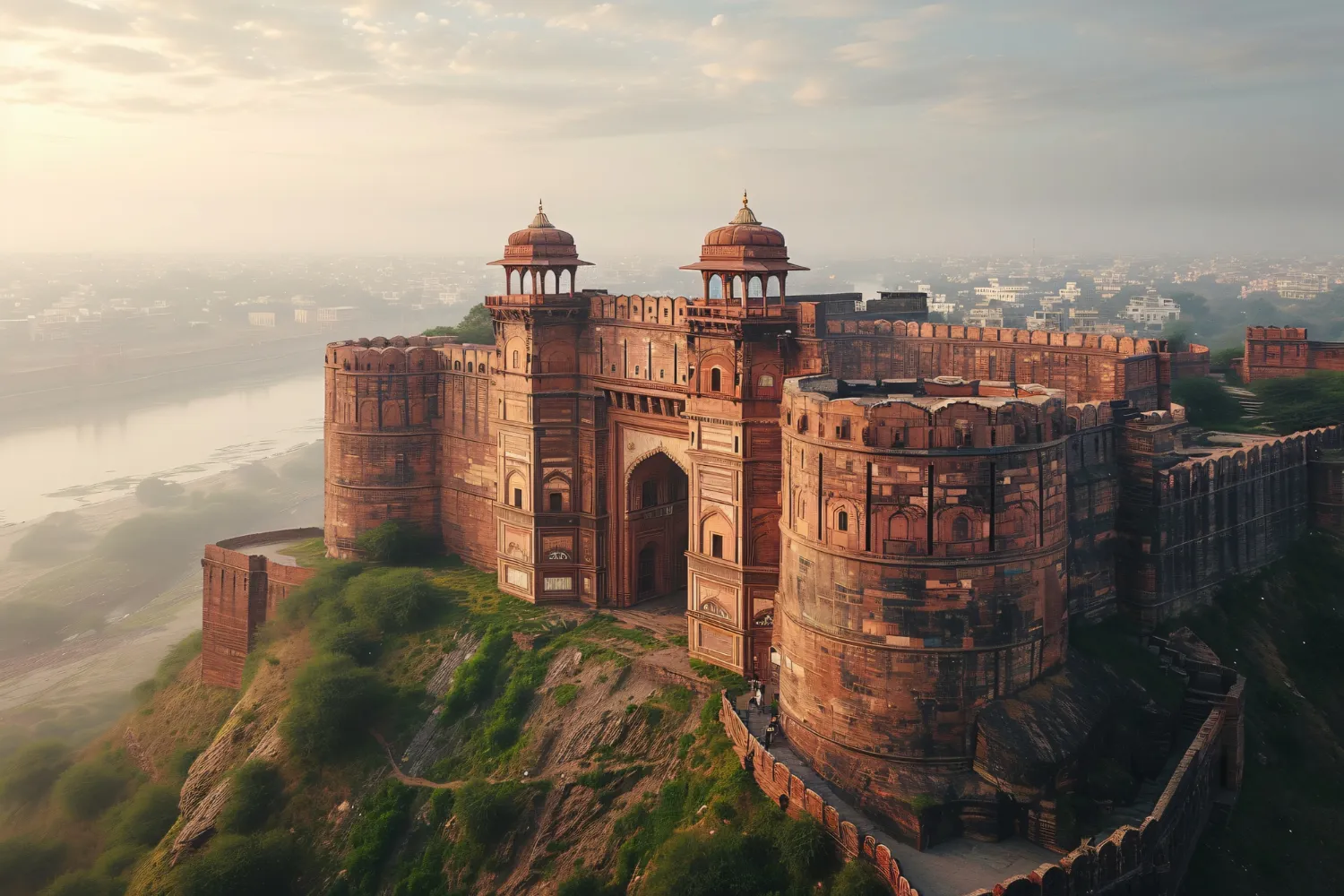
Weather
Location Map
Jaipur
Latest Blog Posts
Latest News: Jaipur Tourism | Jaipur Travel Guide | Discover the Pink City of India
What Our Travelers Say
Real experiences from our valued customers
"Had a wonderful time at the Kashi Vishwanath temple. The entire trip was well-organized and very comfortable."
Anil Thakur (Shimla, India)
"I was amazed at how well-organized our visit to the Puri Jagannath temple was. A deeply spiritual and peaceful journey."
Rebecca White (Paris, France)
"My trip to Dwarka was phenomenal! The entire experience was both spiritual and well-organized. Highly recommend."
Chris Harris (Chicago, USA)
"he Shirdi Sai Baba trip was absolutely wonderful! A great way to connect spiritually, and the logistics were flawless."
Priya Mishra (Chennai, India)
"The Dwaraka pilgrimage was a beautiful experience. The arrangements were top-notch and every moment felt special."
Nisha Verma (Delhi, India)
"A great trip to the Vaishno Devi temple. The arrangements were comfortable, and the spiritual energy was absolutely rejuvenating."

